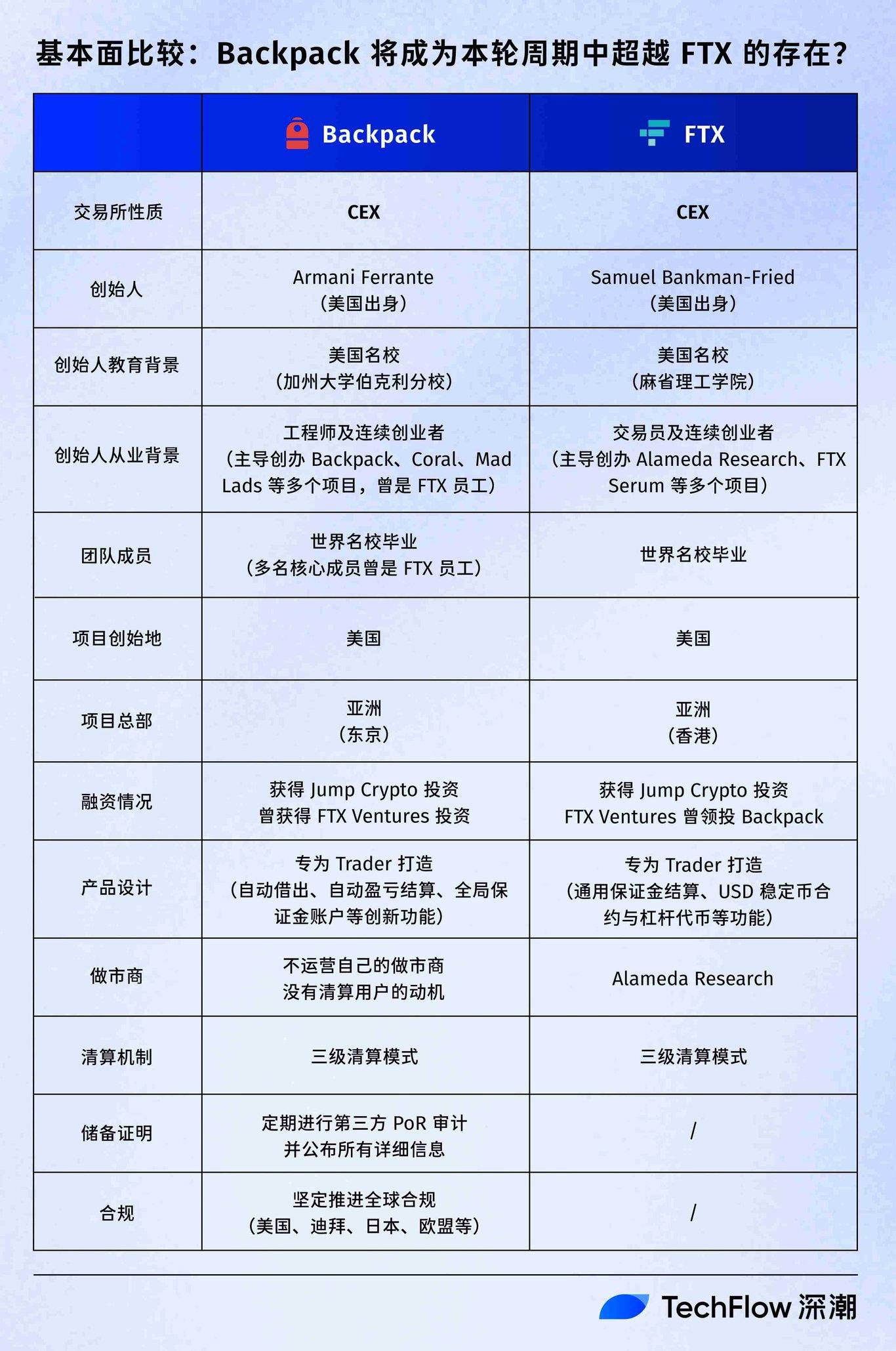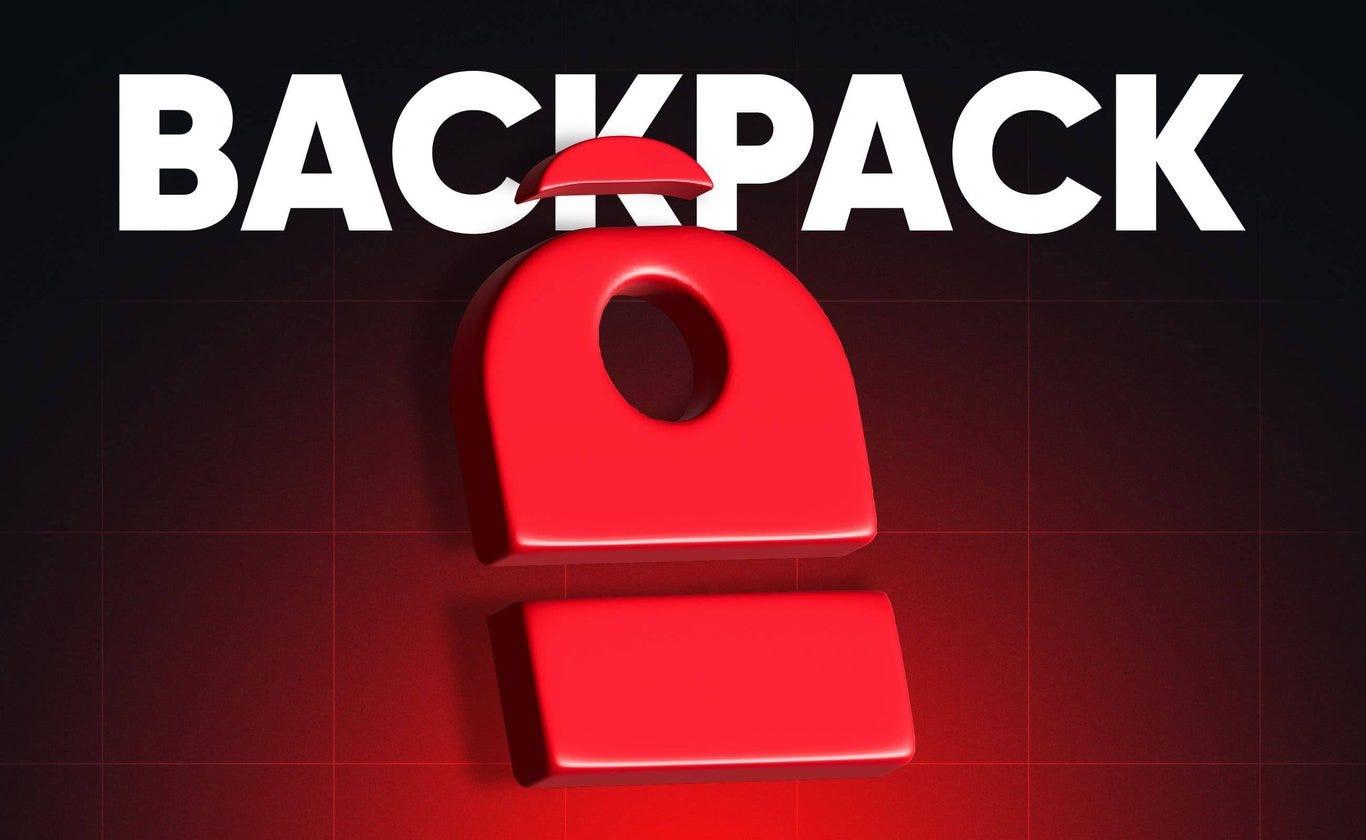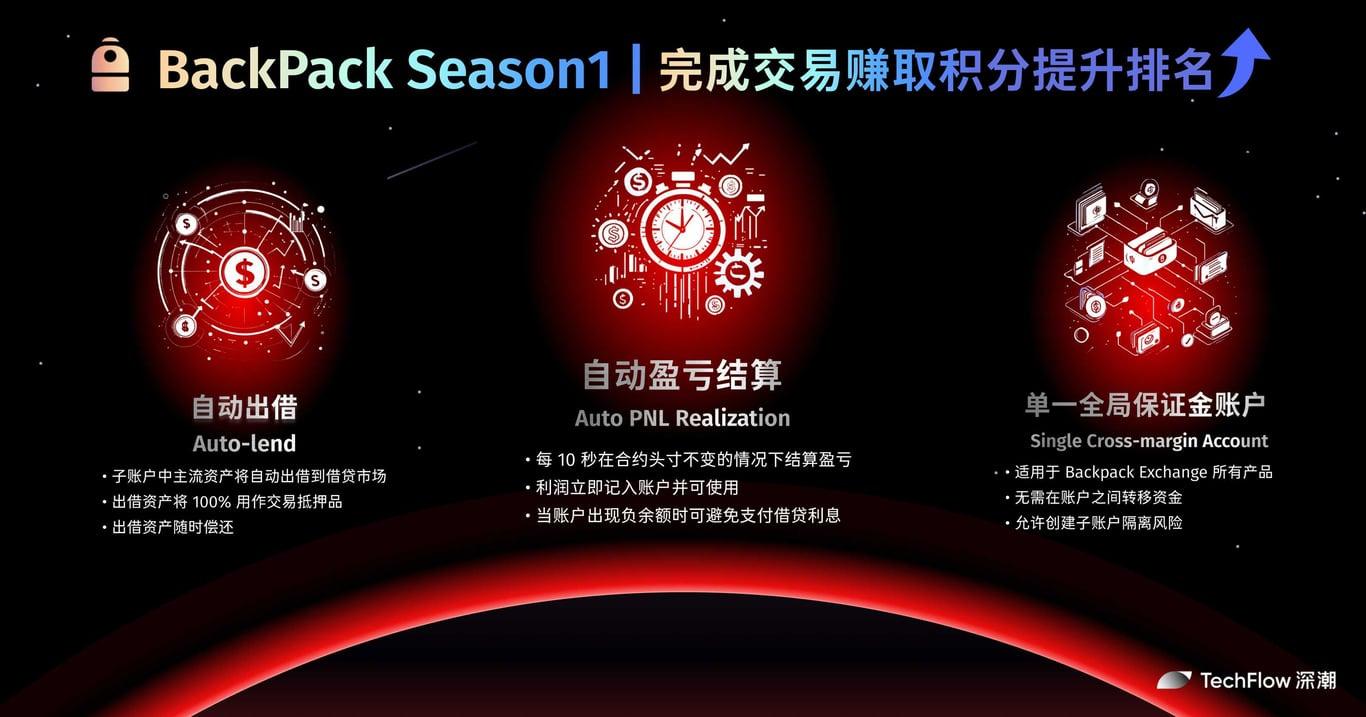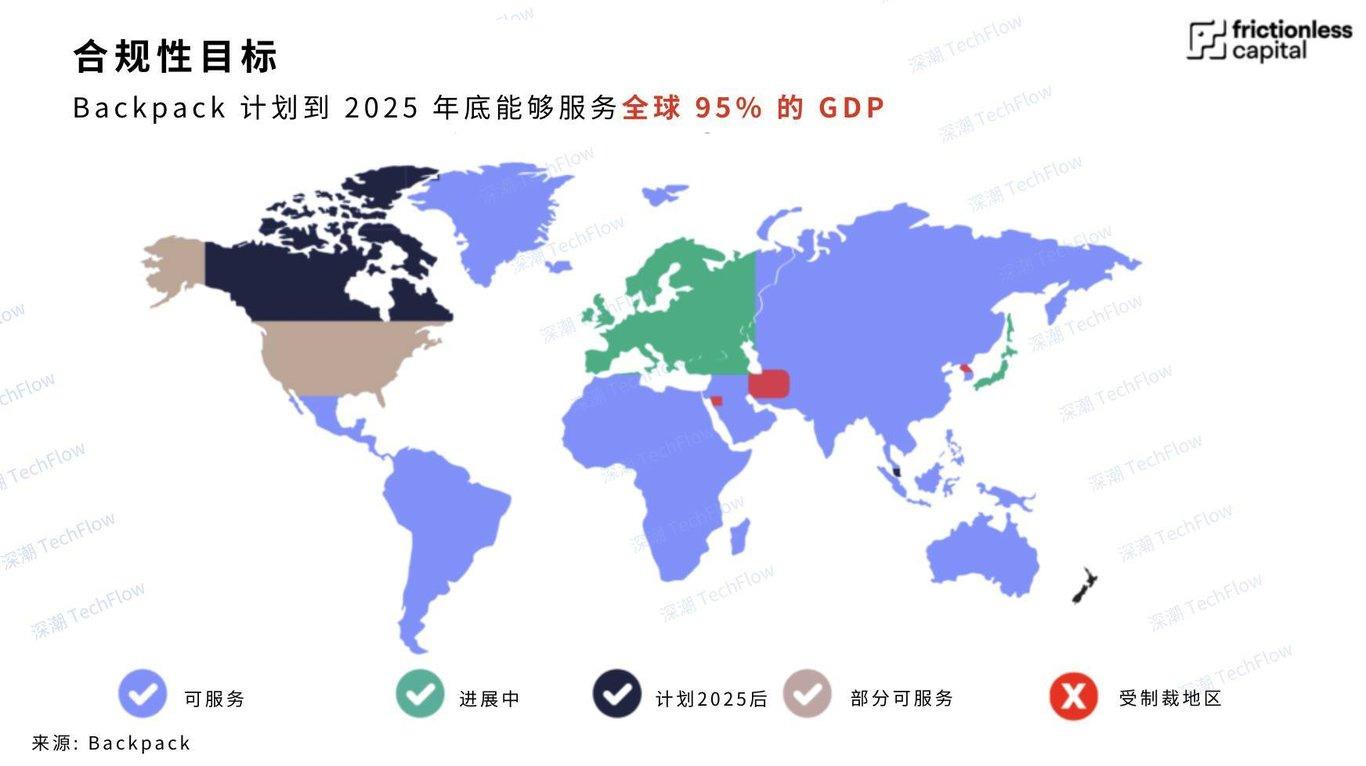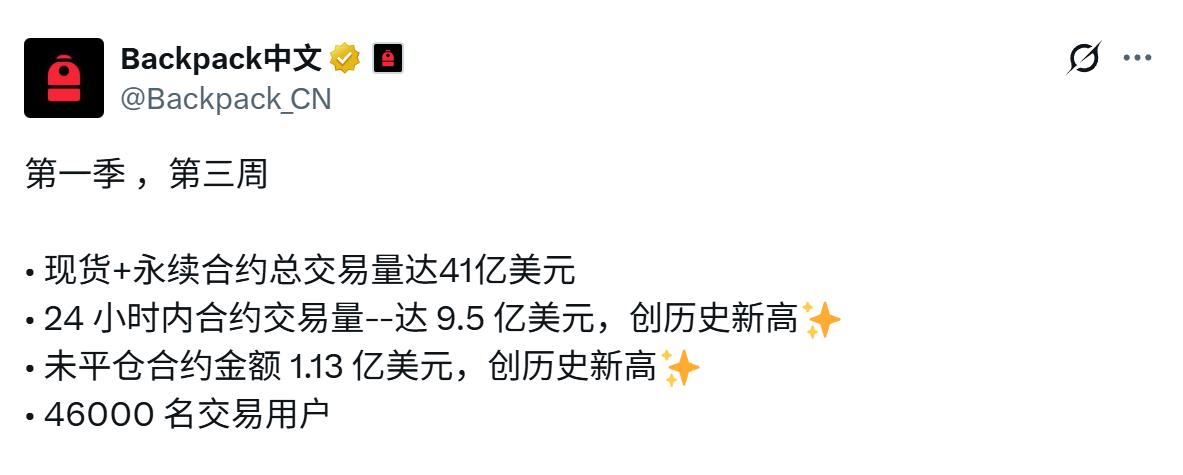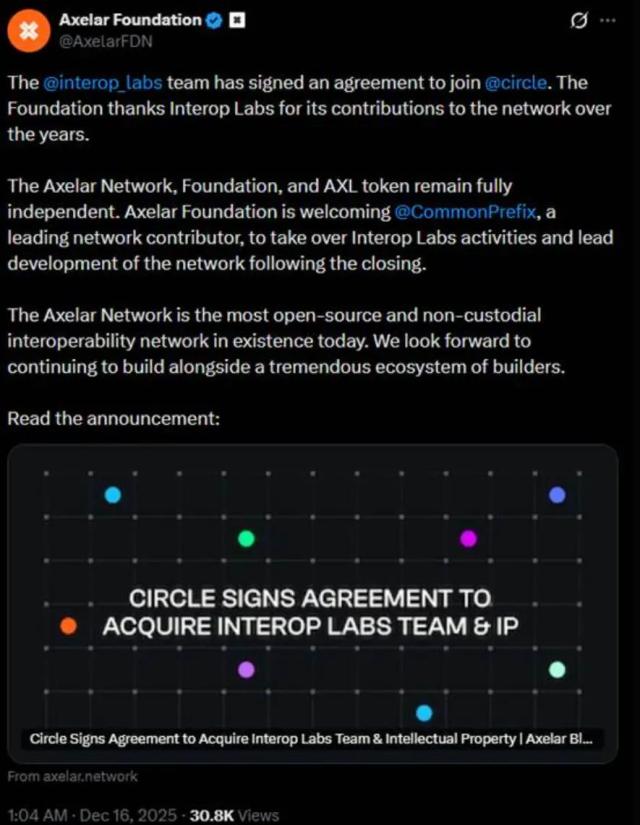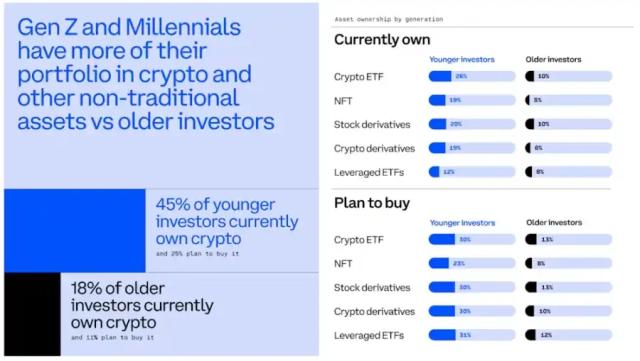Written by: TechFlow
Trading is the main theme of encryption, so exchanges are the core infrastructure of encryption.
This is the case with BitMEX, which introduced perpetual contracts to the crypto market in 2016;
Made in America: FTX Takes Capital Efficiency to the Next Level with Backpack
From FTX to Backpack: Twins Made in the USA
Whether it is FTX or Backpack, both of them have the indelible "Made in the USA" mark:
FTX was born in the United States, and Backpack was also founded in the United States;
In terms of financing background, Backpack also overlaps with FTX:
Born for Traders: New Issues in the New Cycle
No proprietary market maker + three-stage liquidation: Backpack's powerful risk engine
Global margin + automatic lending + automatic profit and loss settlement: Backpack builds a perpetual motion machine for income
For each sub-account, users can set up the "automatic lending" function:
Compliance pioneer: integrating on-chain and off-chain to create a core hub for asset management
Let every transaction happen in a "glass house": Backpack's pursuit of transparency
From the US, EU to Asia: Backpack's global compliance strategy
In addition to transparency, the more important issue is compliance.
This is exactly the value of Backpack's "Global Compliance Cryptocurrency Trading Platform":
2025: The year of the rise of on-chain finance and the explosion of Backpack
How to participate in Backpack efficiently?
Season 1 is in full swing: Rewarding real trading participation and bringing a new paradigm of community incentives
So why did Backpack Season 1 generate such a large engagement?
On the other hand, it is inseparable from Backpack’s unique design of the activity rules.
Backpack aims to reward real trading users through Season 1:
At the same time, Backpack is committed to creating truly fair participation:
So, as a user, how can you participate in Season 1 more efficiently?
Perhaps following the rules and returning to basics is the most efficient way.
Conclusion
Subscribe to the channel: https://t.me/TechFlowDaily
Telegram: https://t.me/TechFlowPost
Twitter: @TechFlowPost
Join the WeChat group and add assistant WeChat: blocktheworld
Donate to TechFlow to receive blessings and permanent records
ETH: 0x0E58bB9795a9D0F065e3a8Cc2aed2A63D6977d8A
BSC: 0x0E58bB9795a9D0F065e3a8Cc2aed2A63D6977d8A



